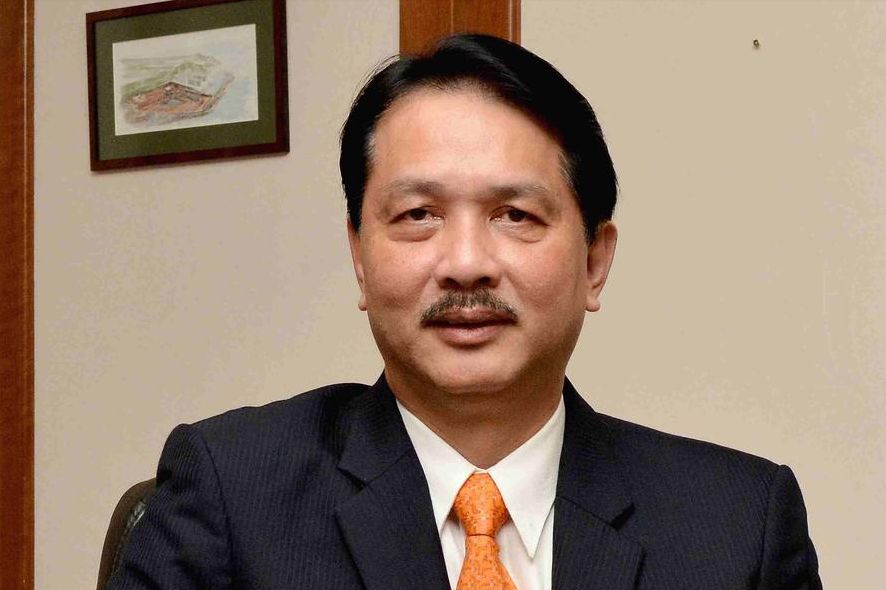KUALA LUMPUR, Dec 6 — The Ministry of Health (MOH) clarified today that new cancer treatments are mostly available at its tertiary hospitals, amid public outrage over the lack of such drugs in public facilities.
Health director-general Datuk Dr Noor Hisham Abdullah pointed out that targeted therapies — which are relatively new treatments that block the spread of cancer by acting on specific molecules associated with cancer growth — for lung, liver and renal cancers, gastrointestinal stromal tumours, and hematological conditions are already listed in the MOH medicines formulary, which lists the medicines provided in MOH hospitals, even though they are very expensive.
“Mostly are available in tertiary MOH hospitals as these conditions require specialised care,” Dr Noor Hisham said in a statement.
Tertiary care is a higher level of specialty care that requires highly specialised equipment, expertise or very complex treatments.
Malay Mail Online published a special report yesterday on the lack of new cancer drugs in public hospitals in Malaysia amid budget cuts in the health sector, including targeted therapies and immunotherapy that oncologists say can prolong life.
Immunotherapy is a new treatment, appearing on the market just a few years ago, that harnesses the immune system to attack cancer.
The Health DG also said today that the ministry has engaged with the pharmaceutical industry through Patient Access Schemes and Patient Assisted Programmes to increase accessibility to the new targeted therapies for cancer, as such drugs were very costly.
“These are among measures taken in making these medicines more affordable for MOH thus enabling a greater number of patients to receive these treatments. Therefore, the MOH will continue to strive in providing the best possible care for our patients through the optimal use of medicines,” said Dr Noor Hisham.
He explained that a medicine must first be registered in the country in order to be listed on the MOH formulary, adding that it is known informally as the “Blue Book.” The company marketing the drug must apply for it to be listed in the formulary.
“It will then be evaluated based on criteria such as proof of superior effectiveness compared to standard therapy, a positive cost benefit ratio and an acceptable safety profile,” he said.
“However, not all medicines get listed into the formulary if there is a very high budget impact, especially the newer targeted cancer therapies. Nevertheless, any patient requiring these therapies are never deprived of access to these medicines as MOH still approves the use of non-formulary medicines on case-to-case basis,” he added.
Dr Noor Hisham also pointed out that all medicines listed in the MOH formulary are provided to patients for free.
“Patients only pay a mere RM1 to RM5 when seeking outpatient treatment; and for inpatient services, they only pay for ward charges and certain investigations while medicines are provided for free.
“There is hardly any other country in the world where patients, including those requiring treatment for cancers, can get such access to such services,” he said.
The DG also insisted that sunitinib, a type of targeted therapy which Malay Mail Online had highlighted as one of the cancer drugs that is unavailable in public hospitals, has already been listed in the MOH formulary.
“Prior to being listed in the formulary, the government had already spent approximately RM420,000 to treat 11 patients who required sunitinib. In 2015, MOH spent RM240 million just on cancer therapy and this amounted to 10 per cent of the total drug budget,” he said.
Sunitinib was not listed as part of the MOH formulary as at August when Malay Mail Online checked MOH’s Pharmaceutical Services Division's website.
The document is also not available on the website at the time of this article’s publication; the page currently reads: “Access denied. You are not authorized to access this page.”
The MOH formulary, however, can be found on another page of the MOH’s Pharmaceutical Services Divisions’ website here, updated as of September 1.



















